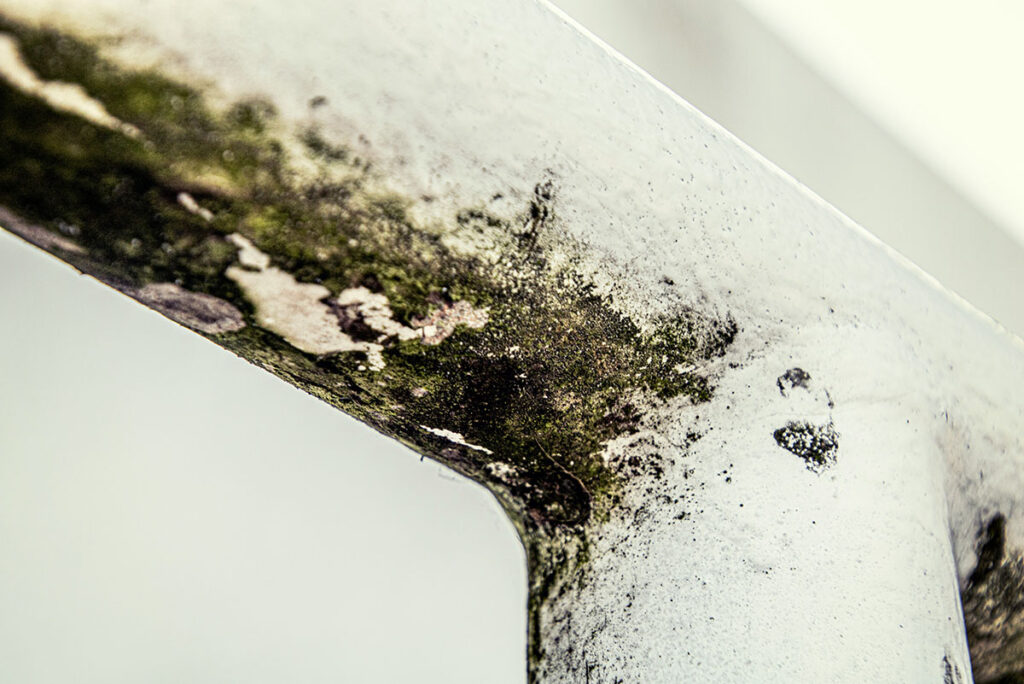WHO Indoor Fungal Spore Testing for Public Health Compliance
The World Health Organization (WHO) recognizes indoor fungal spores as a significant factor in air quality and public health. This service focuses on the accurate quantification of fungal spores using cutting-edge methodologies to ensure compliance with national and international guidelines, including WHO standards.
Our comprehensive testing protocol is designed to provide reliable data that can be used for evidence-based decision-making regarding indoor air quality. The test involves a series of steps from sample collection to analysis, ensuring the highest level of accuracy and precision.
Sample collection begins with the placement of specialized air samplers in strategic locations within the building. These samplers are designed to capture airborne fungal spores over a specified period. Upon completion, the samples are transported to our accredited laboratory for processing. Here, they undergo rigorous analysis using advanced microscopy techniques and molecular methods.
The results generated from this process provide critical insights into the concentration levels of various types of fungi present in the indoor environment. This information is invaluable for identifying potential health risks associated with high spore counts and can guide appropriate interventions to improve air quality.
Our testing procedures are guided by international standards such as ISO 14644-3, which sets out requirements for cleanroom classification related to particulate matter. Additionally, we adhere closely to WHO guidelines on indoor fungal spores, ensuring our methods align with global best practices.
| Applied Standards |
|---|
| - ISO 14644-3:2019 |
| - WHO Guidelines on Indoor Air Quality |
| - ASTM E1175-18 |
The use of these standards ensures consistency and reliability in our testing processes, thereby enhancing the credibility of our results. Our team of experts employs state-of-the-art instrumentation to ensure precise measurement and identification of fungal spores. This includes scanning electron microscopy (SEM) for detailed imaging and quantitative polymerase chain reaction (qPCR) for accurate quantification.
The data generated from these analyses are then compiled into comprehensive reports, which include recommendations tailored to the specific needs of each client. These reports can be instrumental in formulating strategies to mitigate health risks associated with indoor fungal spores.
Applied Standards
| Applied Standards |
|---|
| - ISO 14644-3:2019 |
| - WHO Guidelines on Indoor Air Quality |
| - ASTM E1175-18 |
Our testing protocol strictly adheres to these internationally recognized standards, ensuring the highest level of accuracy and reliability. These guidelines provide a framework for our methods, which are further refined through ongoing research and development.
Why Choose This Test
- Comprehensive coverage of indoor air quality issues.
- Airborne fungal spore quantification to meet WHO standards.
- Expert analysis using advanced microscopy techniques and molecular methods.
- Rigorous compliance with international and national regulations.
- Precision in sample collection and processing.
- Comprehensive reporting for actionable insights.
Selecting this test is essential for organizations seeking to ensure that their indoor environments meet public health standards. By providing accurate data, we help clients make informed decisions about necessary actions to improve air quality and protect occupants' health.
Environmental and Sustainability Contributions
- The testing contributes to the reduction of health risks associated with poor indoor air quality.
- Achieves compliance with international standards, promoting global best practices.
- Promotes sustainable building practices by identifying areas for improvement in air quality management.
Our service not only addresses immediate public health concerns but also plays a role in fostering more sustainable and healthier indoor environments. By adhering to stringent testing protocols, we contribute positively towards environmental sustainability goals.





